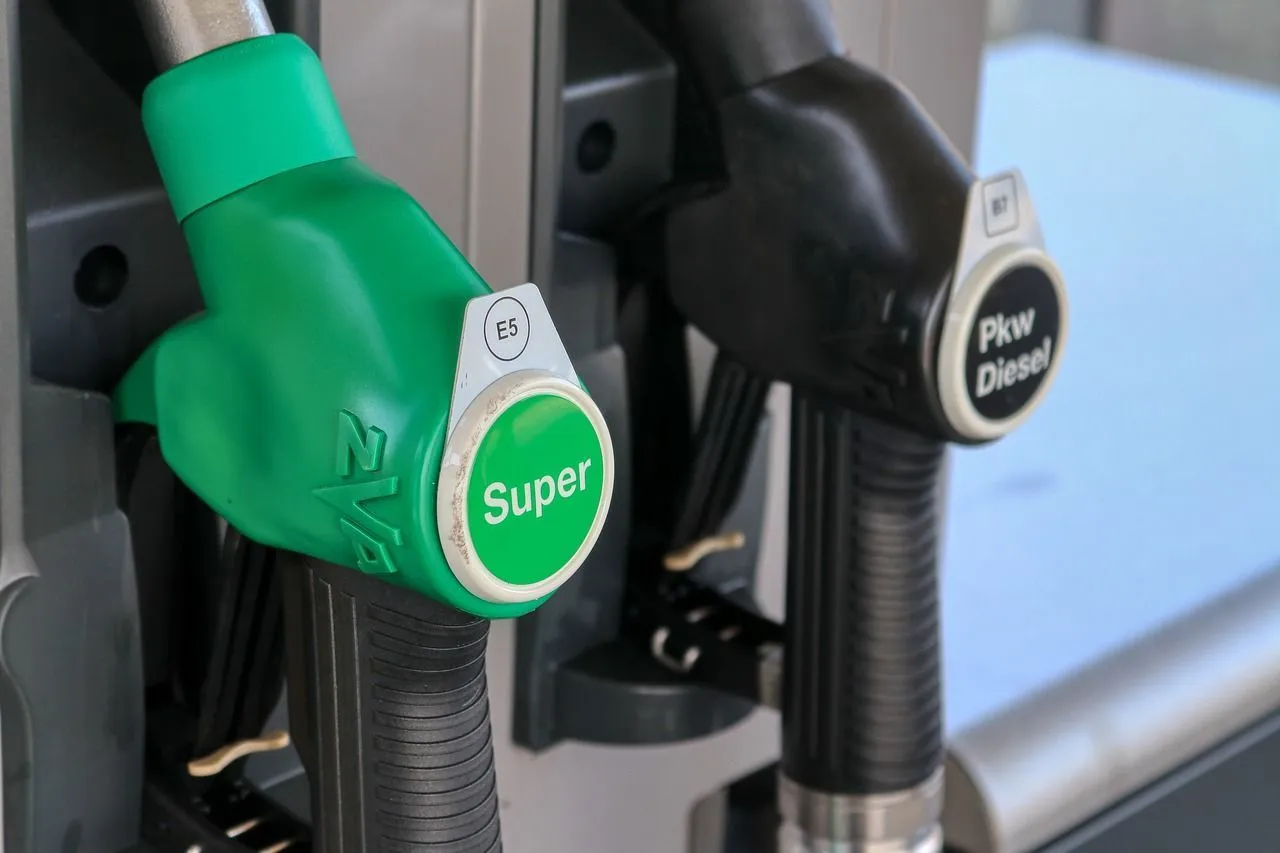Transporting gasoline in a private vehicle may be necessary in various situations, but it is essential to know the regulations in order to do so safely and legally. The common question is: How many liters of gasoline can a private individual transport? Knowing these regulations not only guarantees the safety of those transporting the fuel, but also helps to avoid legal sanctions. In this post we will analyze the limits and regulations applicable to the transport of gasoline in private vehicles and the necessary precautions.
Transporting gasoline safely involves not only knowing how many liters can be carried, but also using the appropriate containers and following all current regulations
Do you know how many liters of gasoline a private individual can transport?
ADR regulations on the transport of fuel always generate many doubts. For drivers who need to transport gasoline in their private vehicles, there are specific limits that must be respected to ensure safety and compliance with the law. A private individual can transport up to 240 liters of gasoline in their vehicle without the need for an ADR certificate, as long as they use approved containers of up to 60 liters each. It is essential that these containers are correctly labelled and stored safely to avoid any risk of accident.
On the other hand, freight transport companies have stricter regulations. They can transport up to 333 litres of petrol, but they must use containers of up to 30 litres each and comply with all relevant regulations for the transport of dangerous goods. This includes following the rules of the ADR (European Agreement concerning the International Carriage of Dangerous Goods by Road), which sets out detailed guidelines on the packaging, labelling and handling of these products.
In addition, there are a number of other factors that both individuals and companies must take into account:
- Maintain adequate ventilation in the fuel storage area within the vehicle to prevent the build-up of flammable vapours.
- Containers must be firmly secured to prevent movement during transport, which could result in damage to the containers and possible spills.
- Drivers should be alert to extreme weather conditions, as excessive heat can increase pressure inside containers and increase the risk of leaks.
- Finally, it is advisable to carry a suitable fire extinguisher and be familiar with its use in case of emergency.
These additional precautions help to minimize the risks associated with transporting gasoline, thus ensuring greater safety for all involved.


